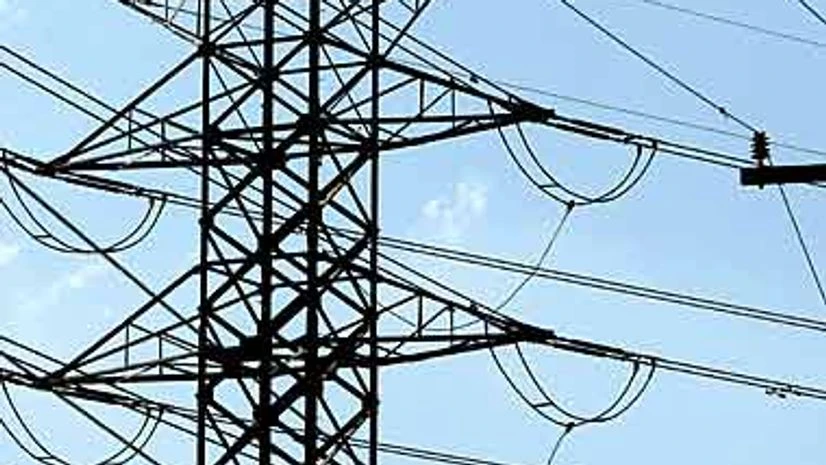The government would first set up a general network access (GNA), a common mesh of transmission network, to realise its ambitious '20-year perspective plan on transmission'.
This would reduce the prevalent congestion in the power supply and also invite investment in the sector, which is reeling under demand-supply mismatch, said a recent paper by the Central Electricity Regulatory Commission (CERC).
GNA is the ability in megawatt (Mw) to draw or supply from a given point/zone of connection (PoC) to any 'inter-state transmission system (ISTS) point as assessed by the central transmission utility (CTU) through system studies.
Also Read
"Since a strong all-India mesh grid would emerge by end of the 12th Plan i.e. 2016-17, it should be possible to do planning with fair degree of certainty without prior knowledge of pairs of injection and drawal," said the CERC report. CERC will present this report in the ministry of power this week where in it would be open for discussion with noted stakeholders - state-owned Power Grid Corporation of India, three private transmission companies - Sterlite Grid, Adani Transmission, and Reliance Power along with all state/UTs transmission utilities. Currently, the power producers have to declare their point of supply and accordingly the transmission is built. However, with most states changing their plans of power source or not buying at all, the generators usually end up selling on non-planned networks. This leads to a surplus on one network and deficit in another - the prime reason for congestion in the transmission network across the country. For instance, several coal-based power projects have come up in mineral-rich states in the east without a corresponding increase in transmission capacity, leading to power being wasted.
| POWER UNBOUND |
|
Further, with southern states' refusal to be a part of the national grid, citing self-reliance on renewable energy, it has aggravated the prob-lem. At present, the western region is stuck with overca-pacity, but the southern states, which are grappling with supply shortages, are unable to use that power because they do not have the transmission capacity. Similarly, power plants in east and central India await a transmission network to reach out to power-deficit states in north.
"A GNA agreement could become the driver for investment. The new approach should therefore involve introduction of GNA mechanism ISTS for transmission system development and hassle-free access to the transmission system by the generators," said the report.
According to the current generation addition programme of 88 Gw during the 12th Plan, 47 Gw capacity is being tied up by state utilities under long/medium-term contracts. Around 113 Gw of generation capacity is likely to be added in the remaining period of the 12th Plan and about 100 Gw during the 13th Plan. The expected transmission network by the end of the 12th Plan in 2017 will be 360,000 circuit kilometres (Ckm), though the current status is 37,140 Ckm. According to the latest data, in 2014-15, 3.1 billion units of electricity were lost on power trading platforms due to transmission congestion.

)
